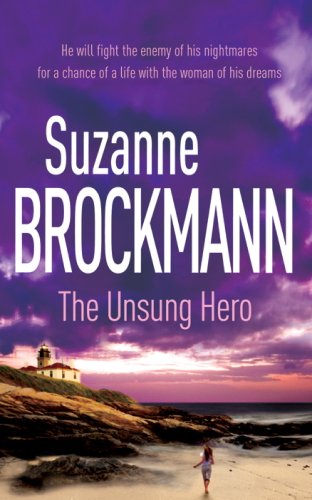Delia is now resigned to dwindling into a maiden aunt. But a chance encounter on the road to Weymouth throws her helter-skelter into an adventure where she meets.... but that would be giving it all away.
EXCERPT:
The stallion lengthened his
stride to a canter. Delia pulled him up as they reached the bridge, regarding
it with disfavour. “It looks rickety to me.”
“Give me the reins!”
She relinquished them with
alacrity, having no desire to attempt to negotiate the narrow wooden slats
leading across, along with the aged and broken railing. Just as Giff guided
Tiger’s steps onto the precarious structure, a familiar sound reached Delia’s ears.
Hoof beats. More than one set.
And crackling twigs along with the swish of shifting leaves.
“Oh, dear heaven, I think they’re
coming!”
“Damn them to hell!”
Her heart leapt into her mouth as
the horse took the bridge at a pace that threatened to upturn the lot of them
into the river below. The clatter of Tiger’s hooves on the wooden surface sent
her senses flying into apprehension.
“They’ll hear that for sure!”
Forgetting to be afraid of the crossing, she trained her eyes on the thickets
behind and caught movement in the trees. “I can see them! Giff, hurry, for
heaven’s sake!”
The horse’s hoofs hit terra firma
again and Tiger shot into the forest, going straight through a gap in the
trees. Delia looked back, trying to see if their pursuers were on the trail and
saw instead the worn path winding away behind them. Oh, help! If those ruffians
were able to cross the bridge, they could follow just as easily.
Impatience claimed her as Tiger’s
pace slowed. “He’s tiring!”
She saw Giff glance up through
the canopy of leaves. Was he finding the sun to guide them west again? “Not far
now.”
“How do you know?”
“Should hit a lane at any
moment.”
“But what if they get across the
bridge?”
“We must hope they’re too
faint-hearted to attempt it.”
Delia was not convinced. “They’ve
shown nerve enough so far.”
“But not common sense. With luck,
one of them at least will fall in.”
At which instant, Delia heard a
loud cry and a splash. Elation soared and she laughed out. “They have fallen
in!”
She was craning to try and see
behind Giff and caught an amused look.
“It’s to be hoped they never find
out how pleased you are about it.”
“Pleased? I hope the wretch has
broken his leg. But I’m sorry for the horse.” Giff’s laughter echoed in the
trees and Delia gave him a buffet on the arm. “Hush, for heaven’s sake! They’ll
hear you.”
His brows flew up. “If I ever met
such a bossy chit!”
“If it comes to that, I’ve never
met such an autocratic fellow!” She regarded him a moment, a little concerned
to see strain in his face. “Do you need another swig of brandy?”
He shook his head briefly, his
gaze concentrated on path ahead.
Delia studied his face without
meaning to, forgetful of everything save his danger. A pang smote her. He
mustn’t die!
Elizabeth Bailey
Available at Amazon and other stores:
Amazon
http://mybook.to/DTR
Elsewhere
https://www.books2read.com/u/mgL7ZD















